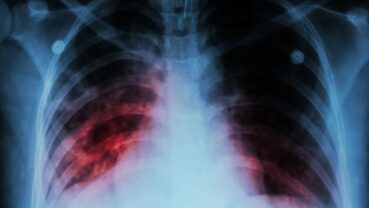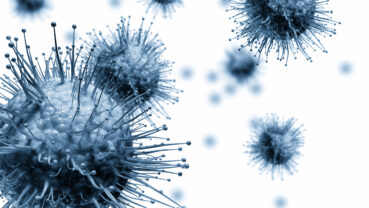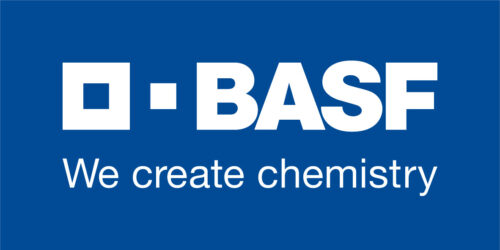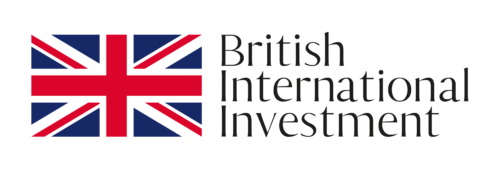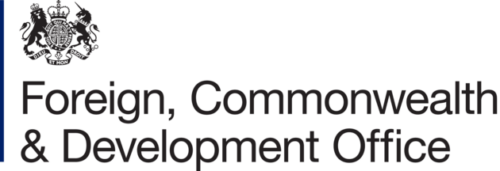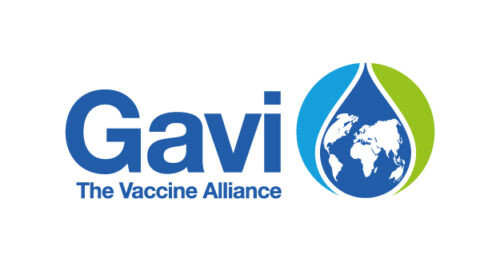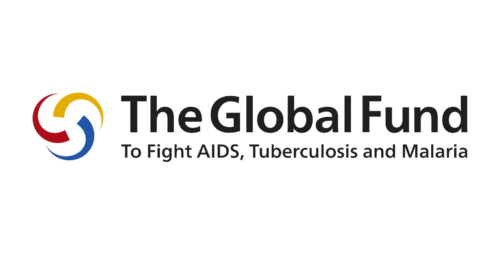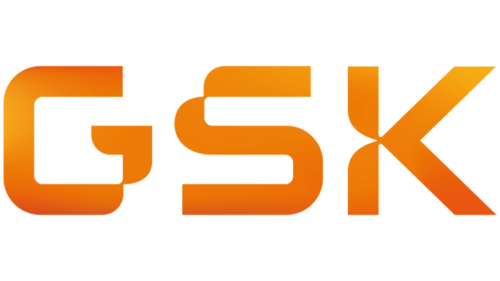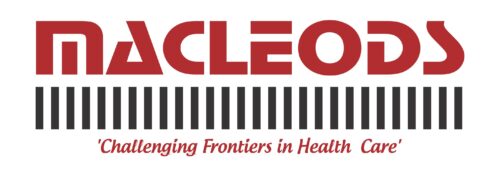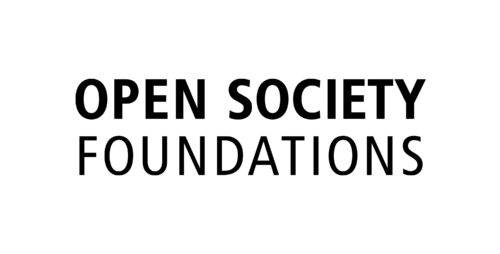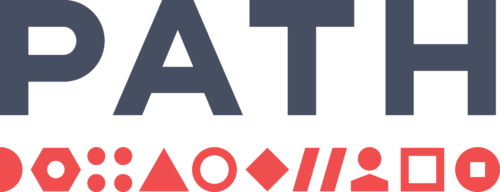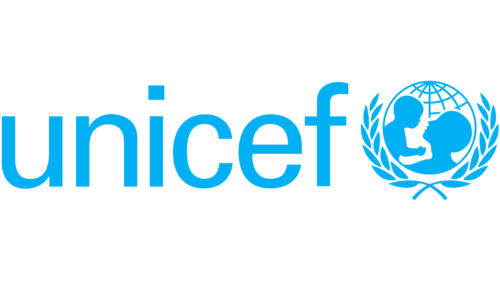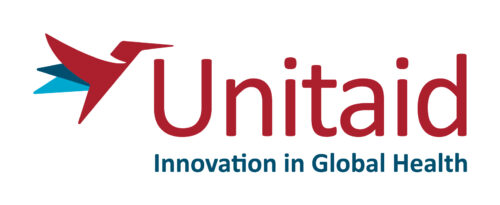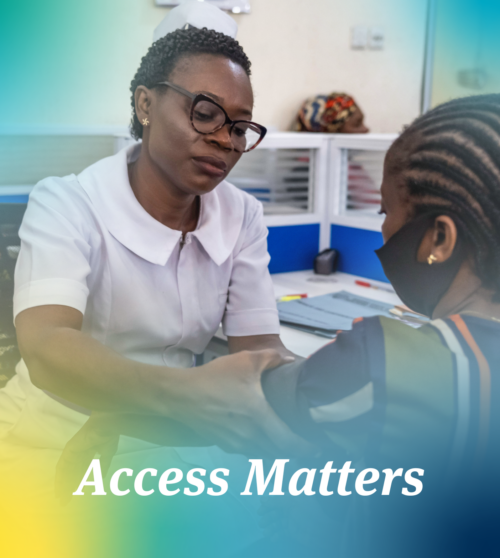Our health impact
Working with our partners, we have helped hundreds of millions of people to access medical innovations. Our agreements are strengthening healthcare markets, making products more affordable and available in low- and middle-income countries.
People reached
Our agreements have secured affordable access to medical innovations for 530 million people in low- and middle-income countries.
We are proud of the impact our agreements have on individual lives. On people living with HIV who now know whether their treatment is working. On children who are being protected from malaria by next-generation mosquito nets. And on people with P. vivax malaria who can be prescribed the most appropriate treatment following a G6PD test.
But in a world where more than two billion people cannot access the health products they need to live healthy lives, we still have a lot of work to do.
Disclaimer – some people may have received more than one product in our pipeline.
Countries reached
We have brokered agreements to get new medical products into over 95 countries that otherwise wouldn’t have access.
Our agreements have helped countries to accelerate access to medical innovations to tackle HIV, tuberculosis, malaria, syphilis and COVID-19. This means that people in these countries – who, in the past, have waited years or even decades to access new products – are using them today.
During the first year of the COVID-19 pandemic, our agreement with UNICEF helped low- and middle-income countries to access essential health products despite global supply constraints and volatile prices.
Health areas we work in
We speed up access to vaccines, medicines, diagnostics and technologies designed to reduce disease and death.
To date, our agreements have focused on improving access to medical innovations to tackle infectious diseases. Low- and middle-income countries continue to face a disproportionate health burden from infectious diseases, despite decades of progress.
We are also aiming to expand our work to tackle non-communicable diseases, such as cancer and diabetes. We believe we can make a significant impact on the growing burden of non-communicable diseases in low- and middle-income countries, helping millions more people to live longer, healthier lives.
How we calculate impact
We are laser-focused on impact that transforms lives. We use a bespoke impact framework to help us decide which partnerships to pursue, estimate our potential impact, monitor our agreements’ performance, and track impact after agreements end.
We measure impact against three categories in our impact framework:
- Lives changed
- Money saved
- Markets shaped
Before agreeing to provide a financial product, we develop impact projections against all three impact indicators and compare them against a scenario where MedAccess does not intervene.
After entering into an agreement, we use the framework to monitor its impact. To ensure our estimates are based on verifiable and validated data, impact is calculated based on the total reach of products supported by the investment, capturing change from baseline.
Key contact
For more information about our impact, please contact Tristana Perez, our Development Impact Executive.



